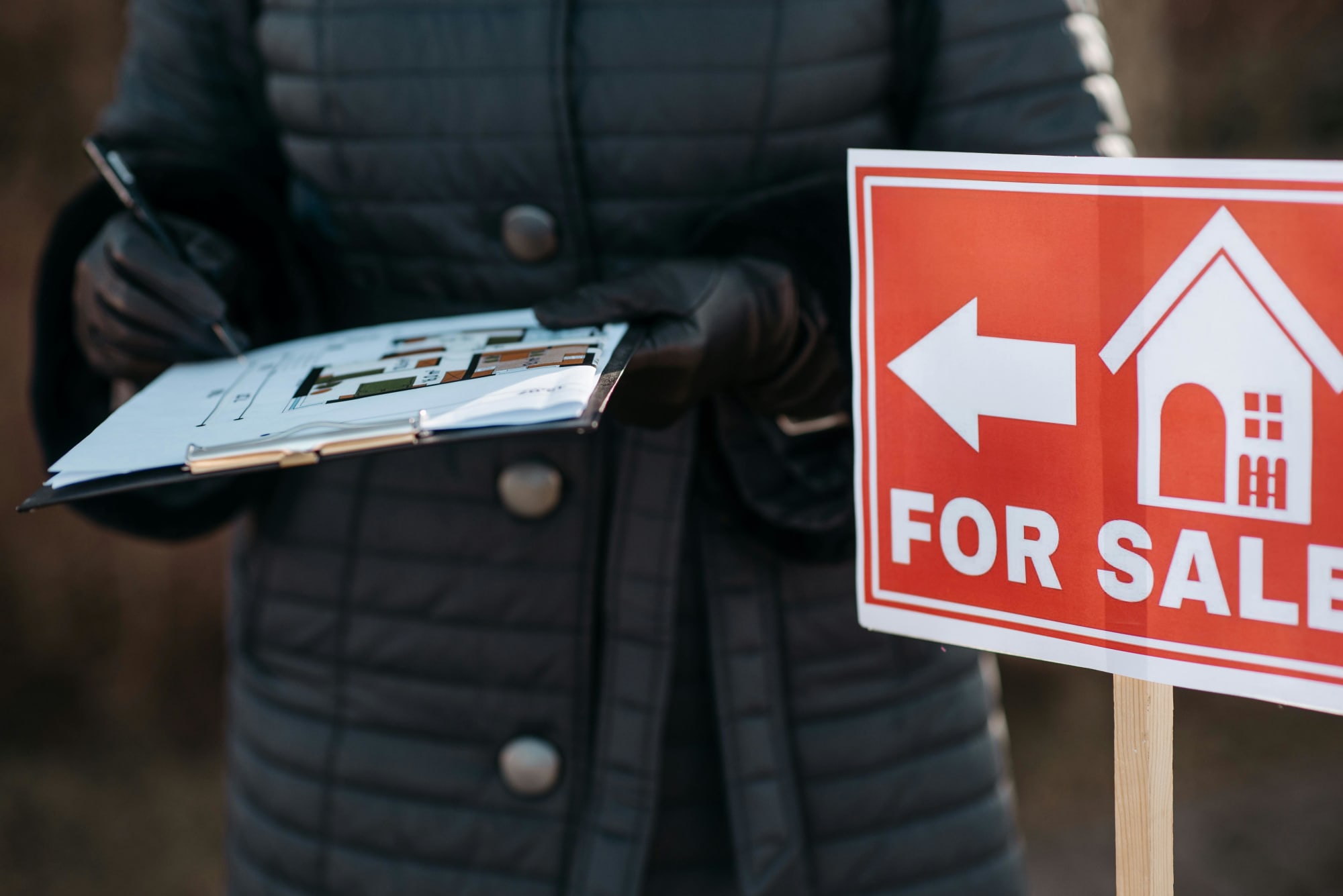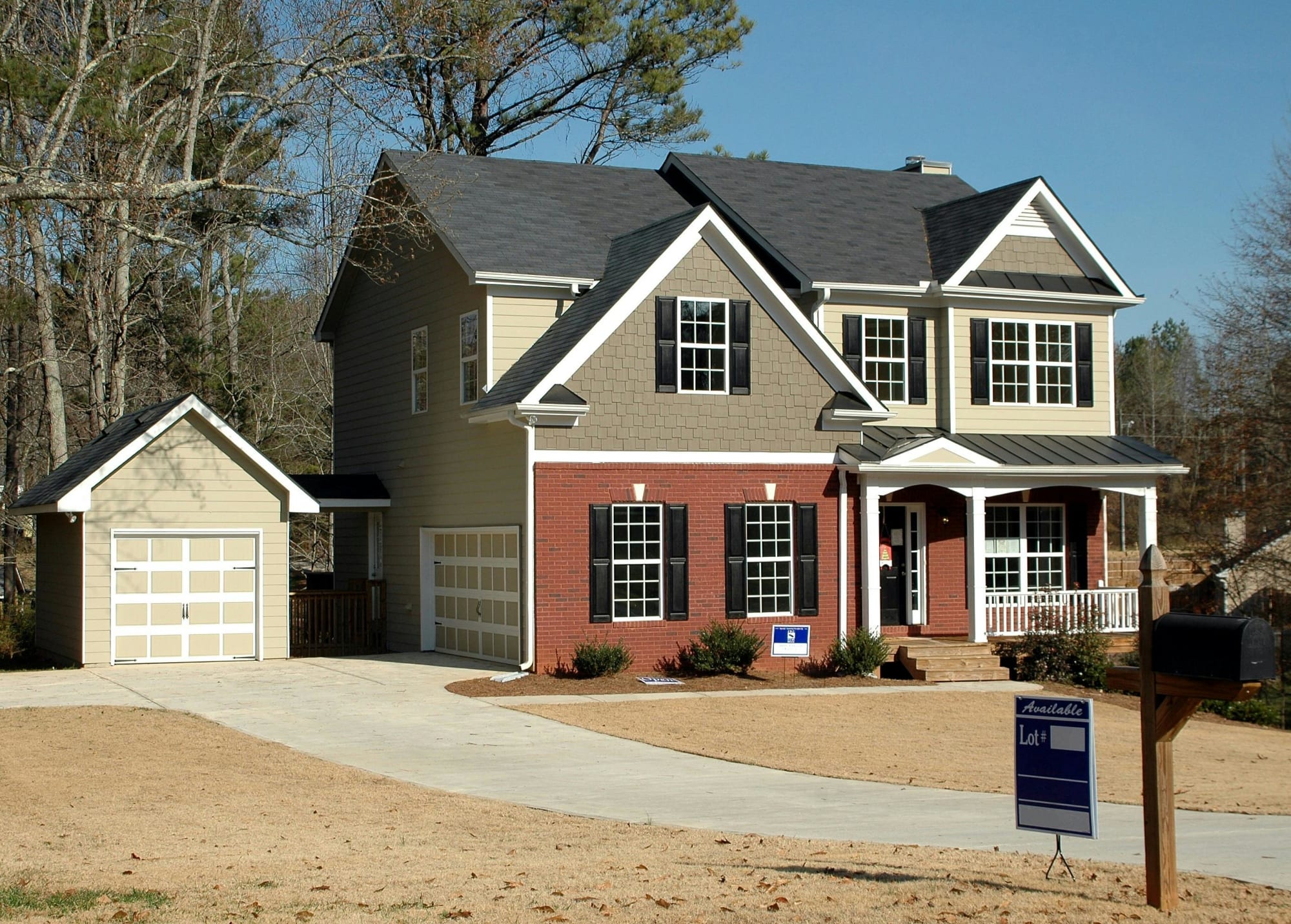Invest
What is a Bare Trust?
A bare trust is necessary in order for two or more parties to separate ownership of assets, but what exactly is it and how does it work?
What is a Bare Trust?
A bare trust is necessary in order for two or more parties to separate ownership of assets, but what exactly is it and how does it work?

Many are probably familiar with the term ‘trust’ because of superannuation, however, not everyone fully understands the concept and how exactly bare trusts work.
Contrary to popular belief, trusts are not actual entities that are a part of trust agreements. Rather, it is the act of establishing a relationship between a trustee and beneficiary in a legal separation of asset ownership.
Bare trusts are the simplest and most common form of trust. This means all bare trusts are trusts, but a trust may take on other forms depending on the circumstances of ownership.
How can people legally separate the ownership of assets?
- In a simple bare trust, two or more parties establish a relationship where they share ‘ownership’ of an asset, but only one is the true owner. One party—the legal owner or trustee—functions as the asset owner on paper. This means it would look as if they own the asset because legal documents have their name on it.
- The other party, called a beneficial owner, is the true owner of the asset. They are the ones who benefit from any gains or endure losses. Beneficial owners are also responsible for all financial obligations related to the asset, such as payment for the purchase and taxes.
- Establishing a bare trust is an acknowledgement from the trustee or legal owner that they have no actual rights over an asset, and that they only act on behalf of the beneficial owner.
- The beneficial owner, on the other hand, acknowledges that they are legally bound to take responsibility over the asset.
What’s the point of separating assets ownership?
People usually separate legal and beneficial ownership of assets when the beneficiary cannot control or manage the asset, such as when the beneficial owner is below 18 years old. Others to it so secure the asset from those with a vested interest in it.

A trustee or legal owner may only hold and/or manage assets for the beneficial owner and may not express an interest in or benefit from them.
One example of this is when a parent opens a bank account for their child. The legal owner or bare trustee is the parent, but the only person who will benefit from the account is their child.
This also applies when one person asks another to purchase a property on their behalf.
A bare trust would allow the trustee to purchase the property according to the beneficiary’s instructions, but at the same time, does not place any legal burden other than signing documents related to the purchase.
A bare trust may be used to hold on to assets for someone else or for the beneficiary to hide their identity when purchasing a property or asset. These are both legal as long as a valid trust document is signed.
What are the important characteristics of bare trusts?
A bare trust must explicitly exhibit several characteristics in order to be considered legal and binding. These are:
- The trust deed or declaration of trust must explicitly name both bare trustee and beneficiary;
- The deed must be drafted in accordance to existing laws (and bank regulations, if a loan is needed);
- The following information must be present in a bare trust
- Specific information about the property or asset to be purchased;
- Distinguish between beneficiaries and non-beneficiaries (especially if the property is an asset of interest for two or more parties);
- Deed of sale must indicate that the transaction was made by the vendor and bare trustee;
- The beneficial owner must provide all finances for and in relation to the transaction;
- The legal owner must waive all interest in the asset and explicitly indicate that they are only holding it on trust for the beneficiary;
- The bare trustee may not take any action in relation to the asset unless instructed by the beneficiary.
Bare trustees and beneficial owners must draft and sign the ‘Declaration of Trust’ before making the purchase; otherwise, they may get charged twice for stamp duty. A declaration of trust would also be invalid if signed after the purchase because a different legal document is required—an ‘Acknowledgement of Trust’.
Setting up a bare trust requires strict adherence to any and all legal requirements and regulations, more so if the bare trust is set up for members of a self-managed super fund under superannuation laws.
How the bare trust works
Here’s an example to illustrate how bare trusts may be used to secretly purchase assets.
Bob owns a small vineyard and small-scale wine manufacturing facility; however, the vineyard and wine production plant are located on either side of a duck farm. Bob’s neighbour, Jack, decides to sell his land, which is valued at $150,000 two years later. Jack hikes up his asking price to $180,000 when Bob comes over to inquire because he knows that Bob has been eyeing his land.
Bob cannot afford this because he has other financial obligations for his business, so he approaches his cousin, Olivia, and proposes to set up a bare trust. The bare trust states that Olivia will make an offer for Jack’s land according to Bob’s budget, and she will sign the deed of sale when the purchase goes through. However, Bob will be the one to use the land for profits, and he will also pay for everything related to the transaction.
Bob and Olivia sign a declaration of trust to signify that they both understand the arrangement.
Two weeks later, Olivia drops by Jack’s farm to offer $160,000 for the land, and he agrees because it’s the highest bid he can get if Bob doesn’t agree to his asking price. Olivia secures the payment from Bob then she returns to Jack to sign the deed of sale, making her the new owner of the farm.
Since Bob and Olivia created a bare trust and signed a declaration of trust prior to the purchase, it is clear to both that Olivia has no other obligations towards the land.
Jack is furious when he finds out he was fooled that he threatens to sue; however, Bob produces the signed declaration of trust, and Jack realises that the transaction was legal.
Important reminder about bare trusts
Bare trustees and beneficiaries must sign a new bare trust document when more than one property or single acquirable asset are involved. This is because trust declarations must be tailor-made to show that each purchase meets the key requirements for bare trusts.
This information has been sourced from Murfett Legal and Nest Egg.
About the author

About the author


Property
New investment platform Arkus allows Australians to invest in property for just $1
In a groundbreaking move to democratise investment in property-backed mortgage funds, GPS Investment Fund Limited has launched Arkus™, a retail investment platform designed to make investing ...Read more

Property
Help to Buy goes live: What 40,000 new buyers mean for banks, builders and the bottom line
Australia’s Help to Buy has opened, lowering the deposit hurdle to 2 per cent and aiming to support up to 40,000 households over four years. That single policy lever will reverberate through mortgage ...Read more

Property
Australia’s mortgage knife‑fight: investors, first‑home buyers and the new rules of lender competition
The mortgage market is staying hot even as rate relief remains elusive, with investors and first‑home buyers chasing scarce stock and lenders fighting for share on price, speed and digital experienceRead more

Property
Breaking Australia’s three‑property ceiling: the finance‑first playbook for scalable portfolios
Most Australian investors don’t stall at three properties because they run out of ambition — they run out of borrowing capacity. The ceiling is a finance constraint disguised as an asset problem. The ...Read more

Property
Gen Z's secret weapon: Why their homebuying spree could flip Australia's housing market
A surprising share of younger Australians are preparing to buy despite affordability headwinds. One in three Gen Z Australians intend to purchase within a few years and 32 per cent say escaping rent ...Read more

Property
Tasmania’s pet-positive pivot: What landlords, BTR operators and insurers need to do now
Tasmania will soon require landlords to allow pets unless they can prove a valid reason to refuse. This is more than a tenancy tweak; it is a structural signal that the balance of power in rental ...Read more

Property
NSW underquoting crackdown: the compliance reset creating both cost and competitive edge
NSW is moving to sharply increase penalties for misleading price guides, including fines linked to agent commissions and maximum penalties up to $110,000. Behind the headlines sits a more ...Read more

Property
ANZ’s mortgage growth, profit slump: why volume without margin won’t pay the dividends
ANZ lifted home-lending volumes, yet profits fell under the weight of regulatory and restructuring costs—an object lesson in the futility of growth that doesn’t convert to margin and productivityRead more

Property
New investment platform Arkus allows Australians to invest in property for just $1
In a groundbreaking move to democratise investment in property-backed mortgage funds, GPS Investment Fund Limited has launched Arkus™, a retail investment platform designed to make investing ...Read more

Property
Help to Buy goes live: What 40,000 new buyers mean for banks, builders and the bottom line
Australia’s Help to Buy has opened, lowering the deposit hurdle to 2 per cent and aiming to support up to 40,000 households over four years. That single policy lever will reverberate through mortgage ...Read more

Property
Australia’s mortgage knife‑fight: investors, first‑home buyers and the new rules of lender competition
The mortgage market is staying hot even as rate relief remains elusive, with investors and first‑home buyers chasing scarce stock and lenders fighting for share on price, speed and digital experienceRead more

Property
Breaking Australia’s three‑property ceiling: the finance‑first playbook for scalable portfolios
Most Australian investors don’t stall at three properties because they run out of ambition — they run out of borrowing capacity. The ceiling is a finance constraint disguised as an asset problem. The ...Read more

Property
Gen Z's secret weapon: Why their homebuying spree could flip Australia's housing market
A surprising share of younger Australians are preparing to buy despite affordability headwinds. One in three Gen Z Australians intend to purchase within a few years and 32 per cent say escaping rent ...Read more

Property
Tasmania’s pet-positive pivot: What landlords, BTR operators and insurers need to do now
Tasmania will soon require landlords to allow pets unless they can prove a valid reason to refuse. This is more than a tenancy tweak; it is a structural signal that the balance of power in rental ...Read more

Property
NSW underquoting crackdown: the compliance reset creating both cost and competitive edge
NSW is moving to sharply increase penalties for misleading price guides, including fines linked to agent commissions and maximum penalties up to $110,000. Behind the headlines sits a more ...Read more

Property
ANZ’s mortgage growth, profit slump: why volume without margin won’t pay the dividends
ANZ lifted home-lending volumes, yet profits fell under the weight of regulatory and restructuring costs—an object lesson in the futility of growth that doesn’t convert to margin and productivityRead more








